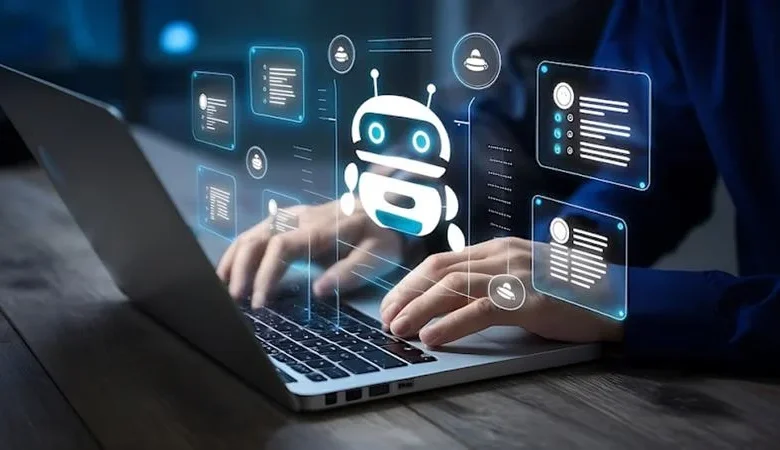How AI Powers Chatbots and Virtual Assistants

Artificial intelligence underpins the functionality of chatbots and virtual assistants through advanced techniques like natural language processing and machine learning. These technologies enable systems to comprehend user intent and context, facilitating meaningful exchanges. Continuous learning from interactions sharpens their accuracy. However, the limitations of current implementations raise questions about their effectiveness and future advancements. Understanding these dynamics is essential for grasping how such systems can evolve and improve user experiences.
Natural Language Processing: The Key to Understanding Human Language
Natural Language Processing (NLP) serves as the cornerstone of artificial intelligence applications aimed at comprehending human language.
Through semantic analysis, NLP enables machines to interpret meanings and context within text, enhancing their understanding.
Additionally, language generation techniques allow for the creation of coherent and contextually relevant responses.
Together, these components empower chatbots and virtual assistants to engage users with greater accuracy and relevance.
Machine Learning: Enabling Continuous Improvement
Machine learning (ML) drives the evolution of chatbots and virtual assistants by facilitating adaptive learning from user interactions.
Through data training, these systems refine their capabilities, enhancing response accuracy and relevance.
Algorithm optimization further enables chatbots to process vast datasets efficiently, leading to improved performance over time.
This continuous improvement empowers users, granting them a more intuitive and responsive interaction experience.
See also: Best Tech News Sources Feedworldtech
Contextual Awareness: Enhancing User Interaction
Contextual awareness significantly enhances user interaction with chatbots and virtual assistants by enabling these systems to understand and respond to the nuances of a conversation.
By analyzing user intent and incorporating elements of emotional intelligence, these AI-driven tools can provide more relevant responses, fostering a sense of connection.
This capability ultimately leads to more satisfying user experiences and greater efficiency in communication.
Integration With Other Technologies: Expanding Capabilities
As chatbots and virtual assistants increasingly integrate with diverse technologies, their capabilities expand significantly, enhancing overall functionality and user experience.
API connectivity facilitates seamless interactions between various software applications, while cross-platform compatibility ensures that these solutions operate efficiently across different devices and environments.
This integration not only broadens the scope of tasks these AI entities can perform but also fosters user autonomy and flexibility.
Conclusion
In conclusion, the efficacy of AI in chatbots and virtual assistants hinges on the intricate interplay of natural language processing and machine learning, fostering an environment of continuous adaptation and contextual relevance. The theory posits that as these technologies evolve, their ability to mimic human-like interactions will not only improve but may also redefine user expectations. As AI continues to integrate with advanced technologies, the potential for enhanced capabilities raises pivotal questions about the future of human-computer communication.


